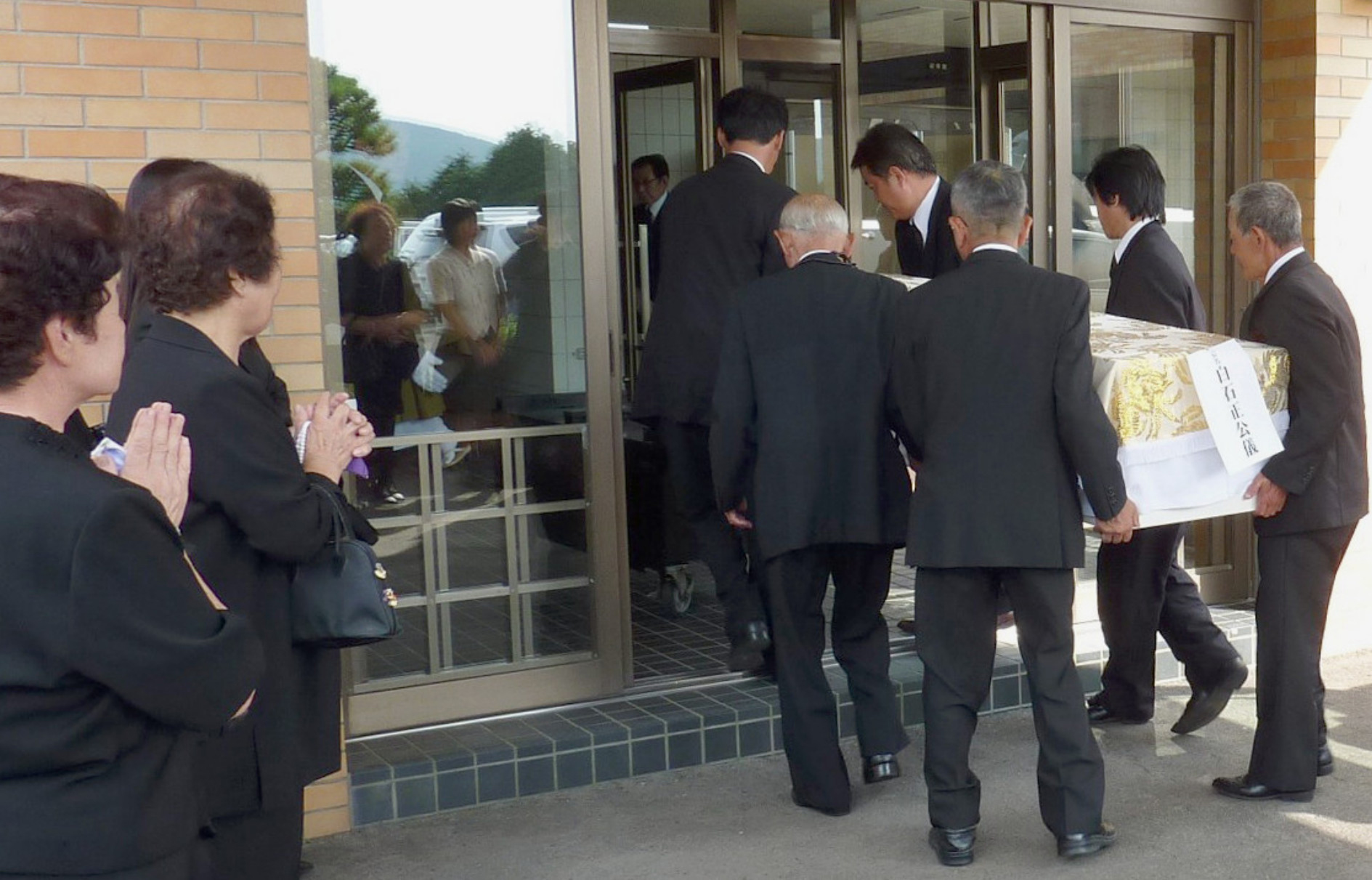As everyone knows, Japan will soon have the largest cohort of seniors in the country's history, a demographic that promises to sap social services. But there's another related problem no one is talking about: These people will go on to die, and in very large numbers.
According to the Ministry of Health, Labor and Welfare, 1.3 million Japanese died in 2015, the most in a single year since the end of World War II. This number will continue to increase, exceeding 1.6 million by 2030 and peaking at 1.669 million in 2040. That's a lot of corpses to manage, and a sideshow of the demographic crisis is that there aren't enough facilities available to "process" these bodies. Japan does not have enough crenother new trend affecting the funeral industry called jmatoria, or kasōba.
The simplest solution is to build more, and that's not a problem in rural areas, but in heavily populated cities it is difficult to secure land, and not just because it's more expensive. Regulations and the sentiments of residents figure heavily in granting permits to build crematoria and funeral homes, and most people don't want to live next to them. In addition, anyone who invests in a crematorium or funeral home has to look to the future, and after 2040 the number of deaths will start to drop.



